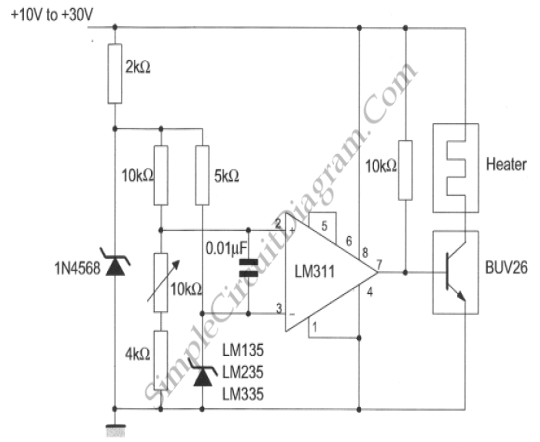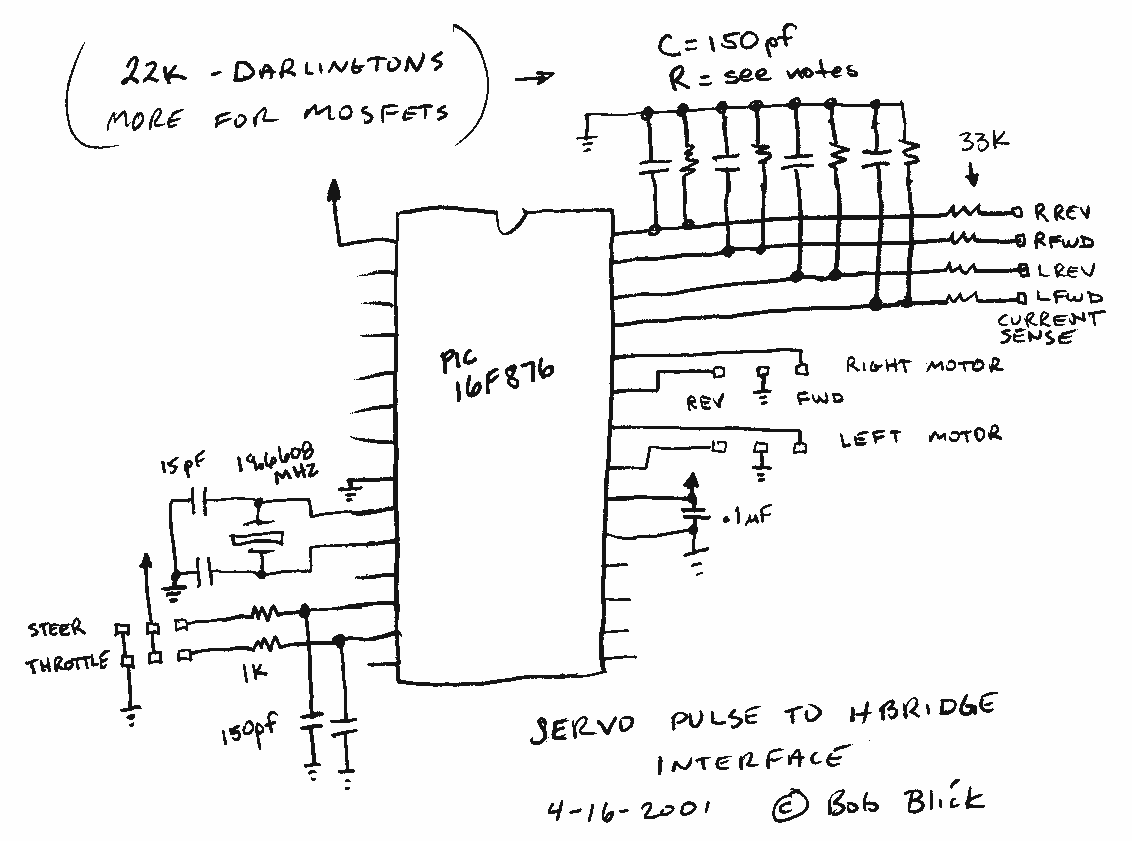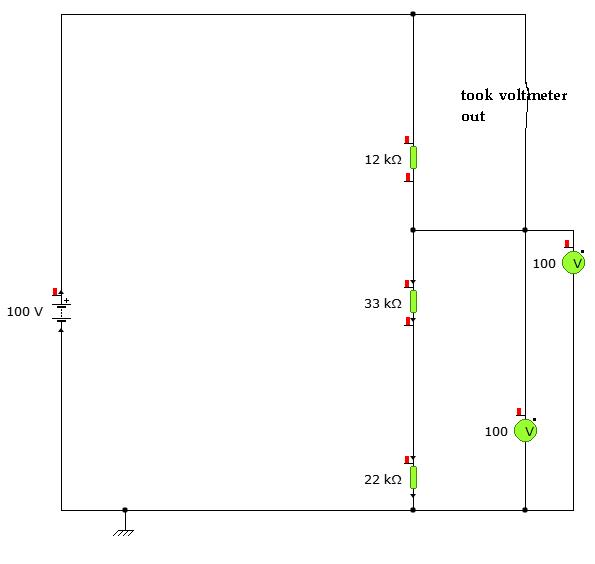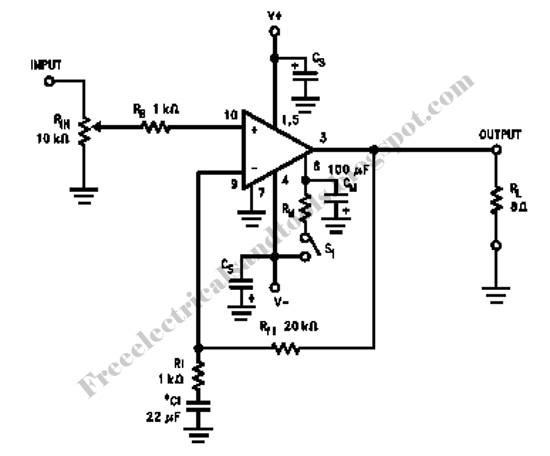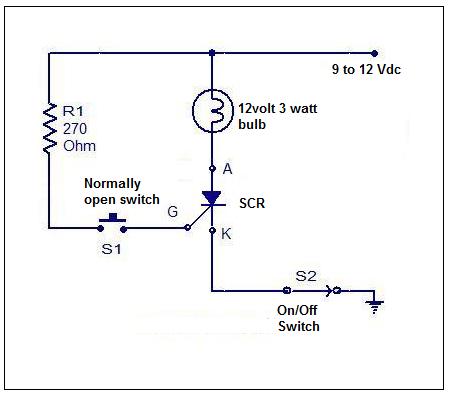
Simple MIDI interface tester
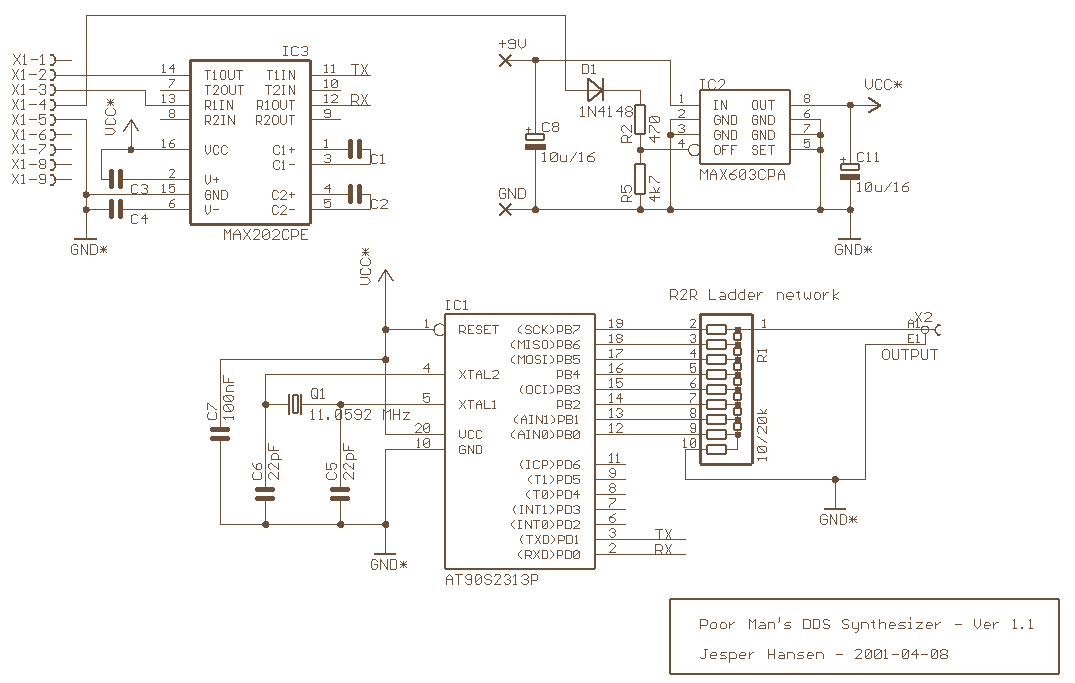
I designed a simple sinewave generator based on a Analog Devices AD9832 chip. It will generate a sinewave from 0.005 to 12 MHz in 0.005 Hz steps. That's pretty good, and definitely good enough for me! But while waiting for the AD9832 chip to arrive, I came up with a very simple version of the DDS synth, using just the 2313 and a resistor network. It's controlled over RS232 from a small Windows program, and can generate Sine-, Sawtooth-, Triangle- and Square-waves ranging from 0.07 Hz to about 200-300 kHz in 0.07 Hz steps.
The sinewave generator utilizes the Analog Devices AD9832, a direct digital synthesizer (DDS) capable of generating precise waveforms over a wide frequency range. The frequency output of the AD9832 can be finely adjusted in 0.005 Hz increments, allowing for high-resolution frequency synthesis from 0.005 MHz to 12 MHz. The chip interfaces with a microcontroller or computer via a serial communication protocol, enabling easy control and programming of the output frequency.
In addition to the AD9832 implementation, a simplified version of the DDS synthesizer was developed using the ATmega2313 microcontroller. This version employs a resistor network to create the necessary waveform shapes, including sine, sawtooth, triangle, and square waves. The frequency range for this setup spans from 0.07 Hz to approximately 200-300 kHz, with a resolution of 0.07 Hz.
Control of the ATmega2313-based synthesizer is achieved through RS232 communication, allowing a small Windows application to send commands to the microcontroller. This setup facilitates user-friendly adjustments of the waveform type and frequency, making it suitable for various applications in signal generation and testing.
The circuit design for both implementations includes necessary components such as bypass capacitors for power supply stability, op-amps for signal conditioning, and appropriate filtering to ensure clean waveform outputs. The choice of components and layout is critical for minimizing noise and achieving the desired performance characteristics of the generated waveforms.I designed a simple sinewave generator based on a Analog Devices AD9832 chip. It will generate a sinewave from 0.005 to 12 MHz in 0.005 Hz steps. That`s pretty good, and definitely good enough for me ! But while waiting for the AD9832 chip to arrive, I came up with a very simple version of the DDS synth, using just the 2313 and a resistor network. It`s controlled over RS232 from a small Windows program, and can generate Sine-, Sawtooth-, Trangle- and Sqare-waves ranging from 0.07 Hz to about 200-300 kHz in 0.07 Hz steps.
🔗 External reference
The sinewave generator utilizes the Analog Devices AD9832, a direct digital synthesizer (DDS) capable of generating precise waveforms over a wide frequency range. The frequency output of the AD9832 can be finely adjusted in 0.005 Hz increments, allowing for high-resolution frequency synthesis from 0.005 MHz to 12 MHz. The chip interfaces with a microcontroller or computer via a serial communication protocol, enabling easy control and programming of the output frequency.
In addition to the AD9832 implementation, a simplified version of the DDS synthesizer was developed using the ATmega2313 microcontroller. This version employs a resistor network to create the necessary waveform shapes, including sine, sawtooth, triangle, and square waves. The frequency range for this setup spans from 0.07 Hz to approximately 200-300 kHz, with a resolution of 0.07 Hz.
Control of the ATmega2313-based synthesizer is achieved through RS232 communication, allowing a small Windows application to send commands to the microcontroller. This setup facilitates user-friendly adjustments of the waveform type and frequency, making it suitable for various applications in signal generation and testing.
The circuit design for both implementations includes necessary components such as bypass capacitors for power supply stability, op-amps for signal conditioning, and appropriate filtering to ensure clean waveform outputs. The choice of components and layout is critical for minimizing noise and achieving the desired performance characteristics of the generated waveforms.I designed a simple sinewave generator based on a Analog Devices AD9832 chip. It will generate a sinewave from 0.005 to 12 MHz in 0.005 Hz steps. That`s pretty good, and definitely good enough for me ! But while waiting for the AD9832 chip to arrive, I came up with a very simple version of the DDS synth, using just the 2313 and a resistor network. It`s controlled over RS232 from a small Windows program, and can generate Sine-, Sawtooth-, Trangle- and Sqare-waves ranging from 0.07 Hz to about 200-300 kHz in 0.07 Hz steps.
🔗 External reference
